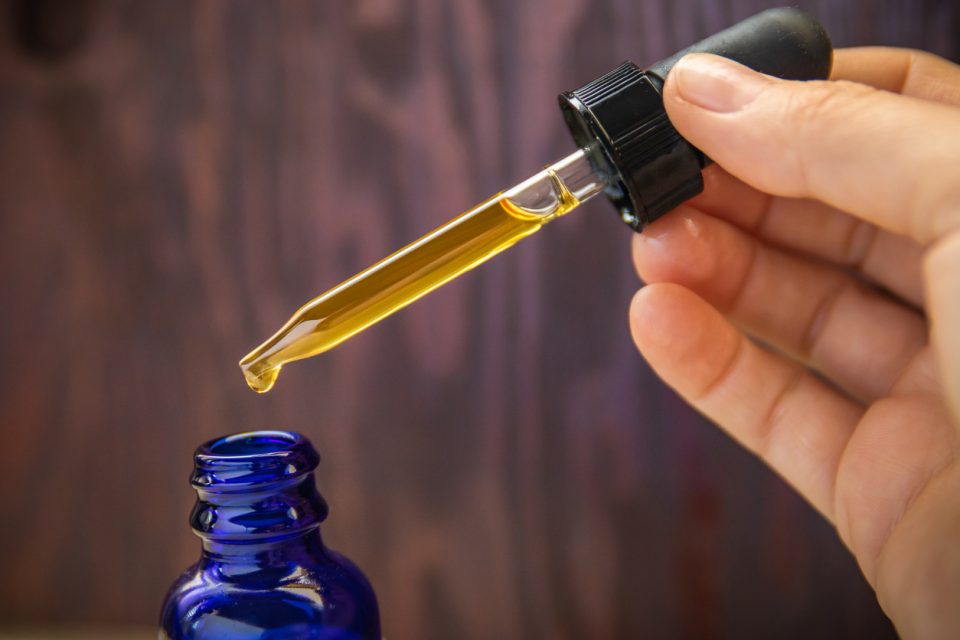If your dog thinks “stay” is optional and “leave it” means “chew faster,” you’re not alone. Training a hyper or anxious pup can feel like trying to teach a squirrel to do yoga.
Even with the best techniques, some pets just can’t sit still long enough to absorb the lesson. Enter CBD—not as a magic fix, but as a surprisingly helpful sidekick in your training toolkit.
Let’s talk about how this natural supplement can take your training sessions from chaos to calm.
Training Troubles: Not Just a “Bad Dog” Thing
When dogs (or cats—we see you, clicker trainers) don’t respond to commands, it’s not always about stubbornness. Sometimes, they’re just overwhelmed:
- Sensory overload: Too many smells, sounds, or people nearby.
- Separation anxiety: They’re too nervous to focus.
- General hyperactivity: Zoomies before obedience? Classic.
- Fear-based behavior: Negative past experiences make them freeze or act out.
While treats, consistency, and patience go a long way, some pets need a little extra help calming their nervous system enough to actually learn.
The Chill Factor: How CBD Can Help
CBD (cannabidiol) interacts with the endocannabinoid system, which helps regulate mood, stress, and sleep. It doesn’t get your pet high—it’s not THC. Instead, it helps them achieve a more balanced, relaxed state.
Here’s what pet parents and trainers are noticing:
- Better focus during sessions
- Reduced anxiety in new environments
- Fewer reactive outbursts (like barking or lunging)
- Calmer energy levels, without sedation
CBD doesn’t teach your pet to “stay,” but it may help them sit still long enough to understand what it means.
Real-Life Training + Calm Support = Progress
Of course, we’re not suggesting you drop a CBD oil and expect your dog to recite Shakespeare. This is about pairing smart training with calm support.
For pet owners looking into natural support methods, check out CBD for Pets as part of a balanced training routine.
Here’s how to make it work:
✅ 1. Dose Strategically
Use CBD about 30–60 minutes before a training session or exposure to known triggers.
✅ 2. Choose the Right Format
Some pets respond better to treats or oils. Experiment and observe what works best for your pet.
✅ 3. Start Small
You can always increase dosage if needed, but it’s smart to start low and go slow.
✅ 4. Stay Positive
CBD isn’t a replacement for clear communication, patience, and rewards. Combine all of the above for best results.
Bonus: Training Scenarios Where CBD Might Help
Here are a few real-world situations where a calm mindset can make or break the moment:
- Leash training reactive dogs
- Introducing pets to new people or environments
- Working with rescues or formerly abused pets
- Overcoming fear of car rides or vet visits
- Housebreaking or crate training
In each case, the calmer the pet, the quicker the progress.
In Conclusion: Train Smarter, Not Harder
CBD won’t replace your training manual, but it can be the silent partner in the background—taking the edge off, easing nerves, and helping your pet listen better, not louder.
Because sometimes, teaching your dog to “stay” is less about yelling commands… and more about helping them feel safe enough to stay.
And that’s something to wag about.

